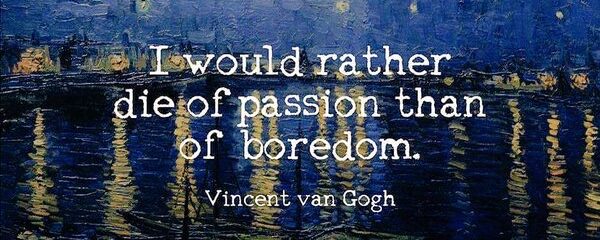Al Gharkan ma bhemo el balal – a person who’s drowning won’t care about getting wet
3omr alqaseer ma youkel teen – A short life doesn’t feed figs
Man raddak reedh w man talab bo3dak jafeeh – Treat people in the same manner that they treat you
yally ydeq albab belaqi jawab – If you knock on the door, you’ll get an answer
Jordan officially the Hashemite Kingdom of Jordan is an Arab country in the Levant region of Western Asia, on the East Bank of the Jordan River. Jordan is bordered by Saudi Arabia, Iraq, Syria, Israel and Palestine (West Bank). The Dead Sea is located along its western borders and the country has a 26-kilometre (16 mi) coastline on the Red Sea in its extreme south-west. Jordan is situated at the crossroads of Asia, Africa and Europe. The capital, Amman, is Jordan’s most populous city as well as the country’s economic, political and cultural centre. What is now Jordan has been inhabited by humans since the Paleolithic period. Three stable kingdoms emerged there at the end of the Bronze Age: Ammon, Moab and Edom. Later rulers include the Nabataean Kingdom, the Persian Empire, the Roman Empire, the Rashidun, Umayyad, and Abbasid Caliphates, and the Ottoman Empire. After the Great Arab Revolt against the Ottomans in 1916 during World War I, the Ottoman Empire was partitioned by Britain and France. The Emirate of Transjordan was established in 1921 by the Hashemite, then Emir, Abdullah I, and the emirate became a British protectorate. In 1946, Jordan became an independent state officially known as the Hashemite Kingdom of Transjordan, but was renamed in 1949 to the Hashemite Kingdom of Jordan after the country captured the West Bank during the 1948 Arab–Israeli War and annexed it until it was lost to Israel in 1967. Jordan renounced its claim to the territory in 1988, and became the second Arab state to sign a peace treaty with Israel in 1994. Jordan is a founding member of the Arab League and the Organisation of Islamic Co-operation. The sovereign state is a constitutional monarchy, but the king holds wide executive and legislative powers. Jordan is a semi-arid country with an area of 89,342 km2 (34,495 sq mi) and a population numbering 10 million, making it the 11th-most populous Arab country. Sunni Islam, practised by around 95% of the population, is the dominant religion and coexists with an indigenous Christian minority. Jordan has been repeatedly referred to as an “oasis of stability” in a turbulent region. It has been mostly unscathed by the violence that swept the region following the Arab Spring in 2010. From as early as 1948, Jordan has accepted refugees from multiple neighbouring countries in conflict. An estimated 2.1 million Palestinian and 1.4 million Syrian refugees are present in Jordan as of a 2015 census. The kingdom is also a refuge to thousands of Iraqi Christians fleeing persecution by ISIL. While Jordan continues to accept refugees, the recent large influx from Syria placed substantial strain on national resources and infrastructure.
No one gives all of his heart twice, because the heart which was given once never comes back intact. Jordanian proverb
Amman
Amman is the capital and largest city of Jordan and the country’s economic, political and cultural centre. The earliest evidence of settlement in Amman is in a Neolithic site known as ‘Ain Ghazal, where some of the oldest human statues ever found dating to 7250 BC were uncovered. During the Iron Age, the city was known as Ammon, home to the Kingdom of the Ammonites. It was named Philadelphia during its Greek and Roman periods, and was finally called Amman during the Islamic period. For much of the early and middle Islamic periods (7th–14th centuries), it served as a center for the Balqa district of Syria. Afterwards, Amman was a largely abandoned site until the late 19th century when Circassian immigrants were settled there by the Ottoman Empire in 1878. The first municipal council was established in 1909. Amman witnessed rapid growth after its designation as Transjordan’s capital in 1921, and after several successive waves of refugees: Palestinians in 1948 and 1967; Iraqis in 1990 and 2003; and Syrians since 2011. It was initially built on seven hills but now spans over 19 hills combining 22 areas, which are administered by the Greater Amman Municipality headed by its mayor Yousef Shawarbeh. Areas of Amman have gained their names from either the hills (Jabal) or the valleys (Wadi) they occupy, such as Jabal Lweibdeh and Wadi Abdoun. East Amman is predominantly filled with historic sites that frequently host cultural activities, while West Amman is more modern and serves as the economic center of the city.
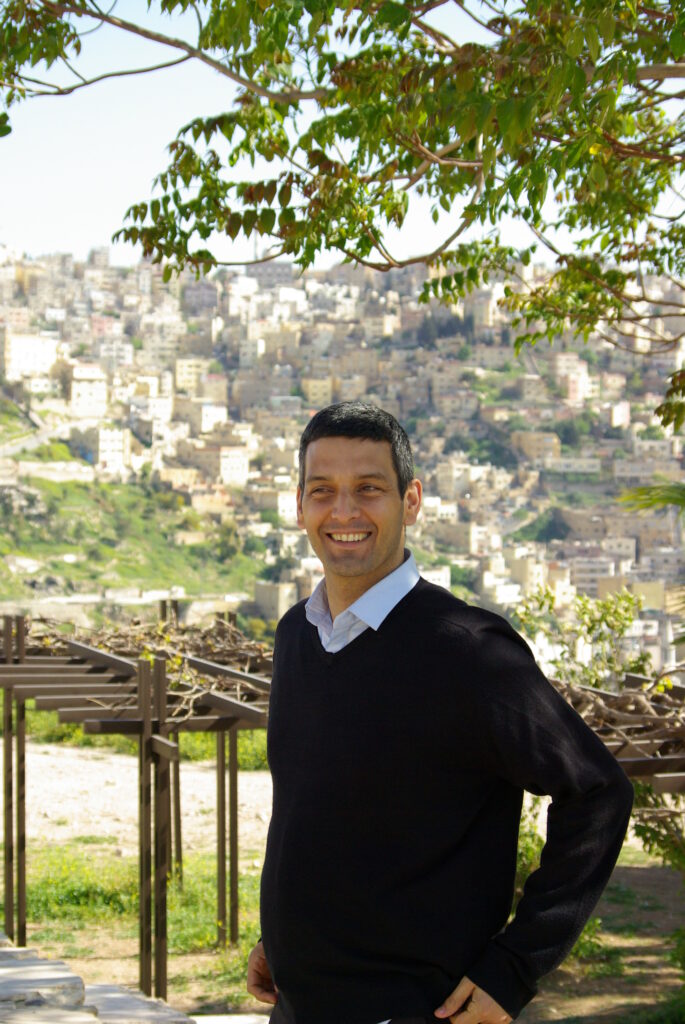
Aqaba
Aqaba is the only coastal city in Jordan and the largest and most populous city on the Gulf of Aqaba. Situated in southernmost Jordan, Aqaba is the administrative centre of the Aqaba Governorate. The city had a population of 148,398 in 2015 and a land area of 375 square kilometres (144.8 sq mi). Today, Aqaba plays a major role in the development of the Jordanian economy, through the vibrant trade and tourism sectors. The Port of Aqaba also serves other countries in the region. Aqaba’s strategic location at the northeastern tip of the Red Sea between the continents of Asia and Africa, has made its port important over the course of thousands of years. The ancient city was called Elath, adopted in Latin as Aela and in Arabic as Ayla. Its strategic location and proximity to copper mines made it a regional hub for copper production and trade in the Chalcolithic period. Aela became a bishopric under Byzantine rule and later became a Latin Catholic titular see after Islamic conquest around AD 650, when it became known as Ayla; the name Aqaba is late medieval. The Great Arab Revolt’s Battle of Aqaba, depicted in the film Lawrence of Arabia, resulted in victory for Arab forces over the Ottoman defenders.
Jerash
Jerash is a city in northern Jordan. The city is the administrative center of the Jerash Governorate, and has a population of 50,745 as of 2015. It is located 48 kilometres (30 mi) north of the capital city Amman. The earliest evidence of settlement in Jerash is in a Neolithic site known as Tal Abu Sowan, where rare human remains dating to around 7500 BC were uncovered. Jerash flourished during the Greco and Roman periods until the mid-eighth century CE, when the 749 Galilee earthquake destroyed large parts of it, while subsequent earthquakes contributed to additional destruction. However, in the year 1120, Zahir ad-Din Toghtekin, atabeg of Damascus ordered a garrison of forty men to build up a fort in an unknown site of the ruins of the ancient city, likely the highest spot of the city walls in the north-eastern hills. It was captured in 1121 by Baldwin II, King of Jerusalem, and utterly destroyed. Then, the Crusaders immediately abandoned Jerash and withdrew to Sakib (Seecip); the eastern border of the settlement. Jerash was then deserted until it reappeared by the beginning of the Ottoman rule in the early 16th century. In the census of 1596, it had a population of 12 Muslim households. However, archaeologists found a small Mamluk hamlet in the Northwest Quarter which indicates that Jerash was resettled before the Ottoman era. The excavations conducted since 2011 have shed light on the Middle Islamic period as recent discoveries have uncovered a large concentration of Middle Islamic/Mamluk structures and pottery. The ancient city has been gradually revealed through a series of excavations which commenced in 1925, and continue to this day. Jerash today is home to one of the best preserved Greco-Roman cities, which earned it the nickname of “Pompeii of the East”.
Wadi Rum
Wadi Rum known also as the Valley of the Moon is a valley cut into the sandstone and granite rock in southern Jordan. Wadi Rum has been inhabited by many human cultures since prehistoric times, with many cultures–including the Nabataeans–leaving their mark in the form of petroglyphs, inscriptions, and temple. In the West, Wadi Rum may be best known for its connection with British officer T. E. Lawrence, who passed through several times during the Arab Revolt of 1917–18. In the 1980s one of the rock formations in Wadi Rum, originally known as Jabal al-Mazmar (The Mountain of (the) Plague), was named “The Seven Pillars of Wisdom,” after Lawrence’s book penned in the aftermath of the war, though the ‘Seven Pillars’ referred to in the book have no connection with Rum. The discovery of the Nabataean Temple (located walking distance from the Rest House) in 1933 briefly returned the spotlight to the desert. A French team of archaeologists completed the excavations in 1997. The area is centered on the main valley of Wadi Rum. The highest elevation in Jordan is Jabal Umm ad Dami at 1,840 m (6,040 ft) high (SRTM data states 1854 m), located 30 kilometres south of Wadi Rum village. It was first located by Difallah Ateeg, a Zalabia Bedouin from Rum. On a clear day, it is possible to see the Red Sea and the Saudi border from the top. Jabal Ram or Jebel Rum (1,734 metres (5,689 ft) above sea level) is the second highest peak in Jordan and the highest peak in the central Rum, rising directly above Rum valley, opposite Jebel um Ishrin, which is possibly one metre lower. Khaz’ali Canyon in Wadi Rum is the site of petroglyphs etched into the cave walls depicting humans and antelopes dating back to the Thamudic times. The village of Wadi Rum itself consists of several hundred Bedouin inhabitants with their goat-hair tents and concrete houses and also their four-wheel vehicles, one school for boys and one for girls, a few shops, and the headquarters of the Desert Patrol.
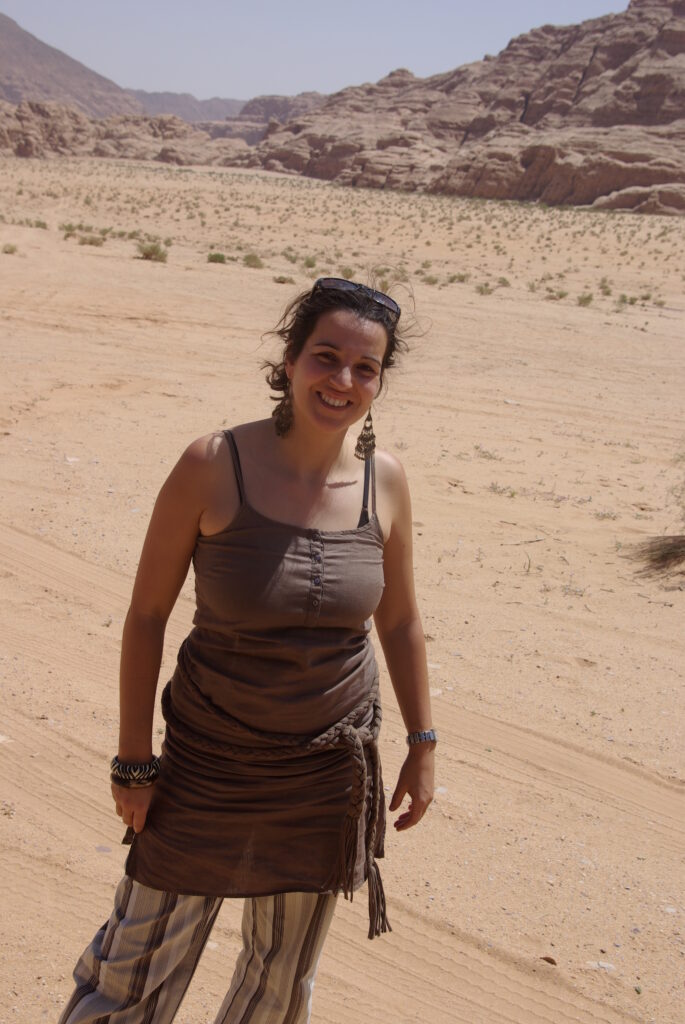
The Dead Sea
The Dead Sea is a salt lake bordered by Jordan to the east and Israel and the West Bank to the west. It lies in the Jordan Rift Valley, and its main tributary is the Jordan River. Its surface and shores are 430.5 metres (1,412 ft) below sea level, Earth’s lowest elevation on land. It is 304 m (997 ft) deep, the deepest hypersaline lake in the world. With a salinity of 342 g/kg, or 34.2% (in 2011), it is one of the world’s saltiest bodies of water – 9.6 times as salty as the ocean – and has a density of 1.24 kg/litre, which makes swimming similar to floating. This salinity makes for a harsh environment in which plants and animals cannot flourish, hence its name. The Dead Sea’s main, northern basin is 50 kilometres (31 mi) long and 15 kilometres (9 mi) wide at its widest point. The Dead Sea has attracted visitors from around the Mediterranean Basin for thousands of years. It was one of the world’s first health resorts (for Herod the Great), and it has been the supplier of a wide variety of products, from asphalt for Egyptian mummification to potash for fertilisers. Today, tourists visit the Sea on its Israeli, Jordanian and West Bank coastlines; Israel has faced criticism for refusing to allow a Palestinian tourism industry to develop along the West Bank coast. The Dead Sea is receding at a swift rate; its surface area today is 605 km2 (234 sq mi), having been 1,050 km2 (410 sq mi) in 1930. The recession of the Dead Sea has begun causing problems, and multiple canal and pipeline proposals have been made to reduce its recession. One of these proposals is the Red Sea–Dead Sea Water Conveyance project, carried out by Jordan, which will provide water to neighbouring countries, while the brine will be carried to the Dead Sea to help stabilise its water level. The first phase of the project is scheduled to begin in 2018 and be completed in 2021.
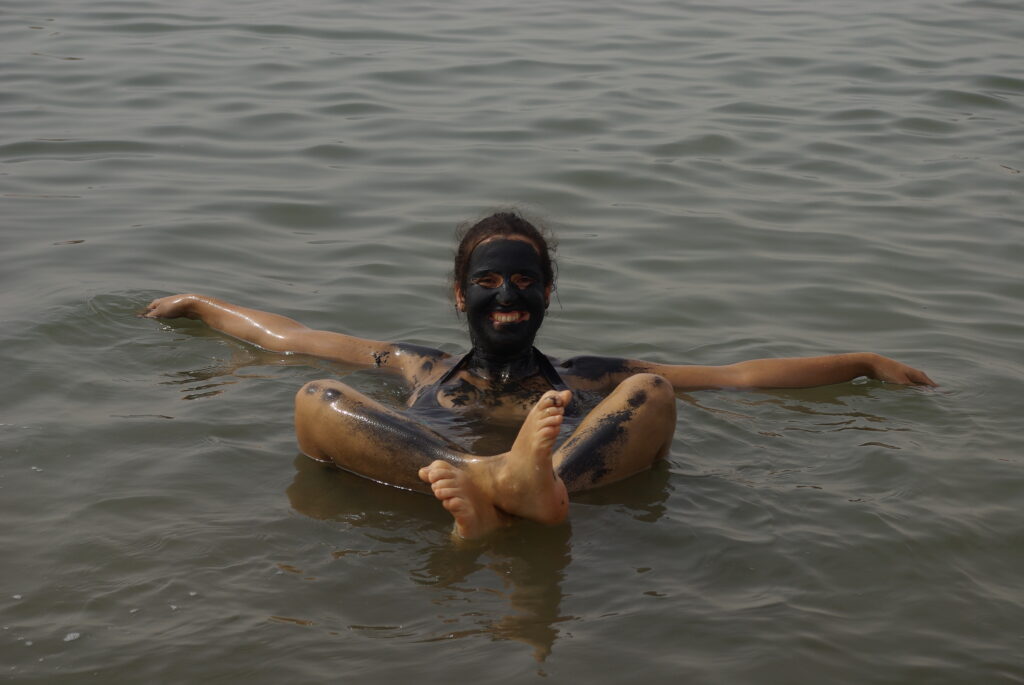
Petra
Petra originally known to its inhabitants in as Raqmu or Raqēmō is a historic and archaeological city in southern Jordan. Petra lies around Jabal Al-Madbah in a basin surrounded by mountains which form the eastern flank of the Arabah valley that runs from the Dead Sea to the Gulf of Aqaba. The area around Petra has been inhabited from as early as 7000 BC, and the Nabataeans might have settled in what would become the capital city of their kingdom, as early as the 4th century BC. However, archaeological work has only discovered evidence of Nabataean presence dating back to the second century BC, by which time Petra had become their capital. The Nabataeans were nomadic Arabs who invested in Petra’s proximity to the trade routes by establishing it as a major regional trading hub. The trading business gained the Nabataeans considerable revenue and Petra became the focus of their wealth. The Nabataeans were accustomed to living in the barren deserts, unlike their enemies, and were able to repel attacks by taking advantage of the area’s mountainous terrain. They were particularly skillful in harvesting rainwater, agriculture and stone carving. Petra flourished in the 1st century AD, when its famous Al-Khazneh structure – believed to be the mausoleum of Nabataean king Aretas IV – was constructed, and its population peaked at an estimated 20,000 inhabitants. Although the Nabataean kingdom became a client state of the Roman Empire in the first century BC, it was only in 106 AD that it lost its independence. Petra fell to the Romans, who annexed Nabataea and renamed it as Arabia Petraea. Petra’s importance declined as sea trade routes emerged, and after an earthquake in 363 destroyed many structures. In the Byzantine era several Christian churches were built, but the city continued to decline, and by the early Islamic era it was abandoned except for a handful of nomads. It remained unknown to the West until it was rediscovered in 1812 by Johann Ludwig Burckhardt. Access to the city is through a 1.2-kilometre-long (0.75 mi) gorge called the Siq, which leads directly to the Khazneh. Famous for its rock-cut architecture and water conduit system, Petra is also called the “Rose City” because of the colour of the stone from which it is carved.
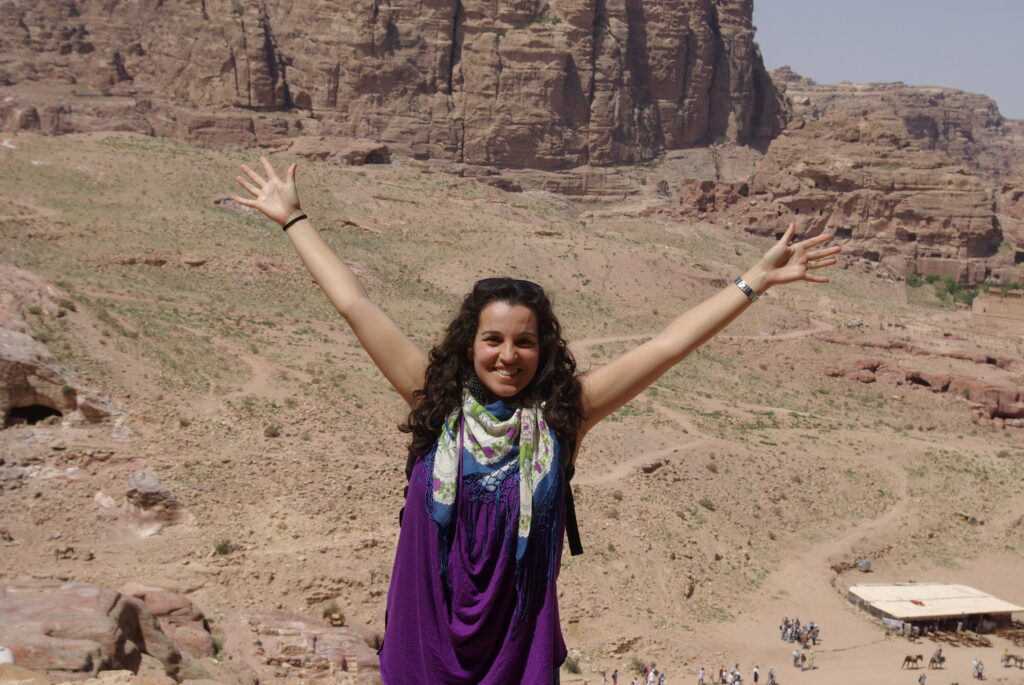
How thirsty would be those who don´t know that they are thirsty? Sanaa Shalan
Never miss an opportunity to put a smile on someone´s face. Jordanian proverb
A woman´s beauty isn´t seen, it is discovered.
